By: Yvonne Woldeab*
A Tale of Two Churches. Thomas Kline shared two parallel stories of precious lost and found (or more accurately, looted and recovered) artworks that have shaped the international art law landscape today. Both stories are set in Cyprus—one in the village of Lysi, and the other in the northern town of Lythrankomi.
The Greek Orthodox sanctuary in Lysi displayed two incredible 800-year-old frescoes in the church’s dome. In Lythrankomi, the Church of the Panagia Kanakaria housed beloved Byzantine mosaics that had adorned the church’s walls and apse since the sixth century.
In the summer of 1974, the Turkish army invaded Cyprus. In the years following the invasion, Turks looted both the Greek Orthodox church in Lysi, and Panagia Kanakaria, as well as many other churches and homes, and took the treasured frescoes and mosaics.
Lysi. Bandits reportedly used a chainsaw to slice the two ancient frescoes out of the dome of the Greek Orthodox church into thirty-eight separate pieces, and later shipped them to Germany.
In Munich, a Turkish dealer attempted to sell the frescoes to Dominique de Menil, a noted art collector, patron, and world-class Byzantine art specialist. The Turkish dealer claimed the frescoes were found in a private home in the Anatolian region of Turkey. As the article recounted:
De Menil, standing in a warehouse in front of a set of chopped-up 13th-century frescoes, was pretty sure she knew better.
De Menil told the Turkish dealer she wanted to take pictures of the frescoes to look at while she pondered her decision to buy. But that was a trick; instead her researchers painstakingly tracked the frescoes back to Cyprus. It took more than a year.
De Menil contacted the archbishop responsible for the looted chapel, offering to ransom the frescoes from the so-called “owners” and then restore them — at a cost of more than $1 million. In return, she wanted to display them in Houston for a while before repatriating them.
From 1997 to 2012, the frescoes were on display in Houston in a $4 million chapel built especially for them. Finally, in March 2012, the frescoes were returned to Cyprus.
Lythrankomi. In 1988, over a decade after the Turks took the Byzantine mosaics from Panagia Kanakaria, an American art dealer discovered four rare Byzantine mosaics, each a two by two foot square panel. According to their accompanying documentation, these mosaics were legally exported out of Cyprus.
The art dealer purchased the mosaics for over $1 million and shipped the art to Indiana. From there, she attempted to sell the panels for over $20 million to the Getty Museum in Malibu, California. However, Getty’s curator of antiquities recognized the Byzantine pieces, and notified Cypriot authorities that the famous missing artworks had resurfaced.
Within months, the Autocephalous Greek Orthodox Church of Cyprus and the Republic of Cyprus initiated a lawsuit in the U.S. District Court of Indiana to recover the art.[i]
The District Court found that the “discovery rule” applied, which prevented the statute of limitations from running until the Church knew or reasonably should have known who possessed the mosaics. Because the Church had been diligent in attempting to locate and recover the art over the years, the court concluded that the lawsuit was timely.
The case also presented a significant legal question regarding the conflict of laws. If U.S. law applied, proper title would not pass with the theft. The American purchaser would have only received a voidable title, which would be revoked if the works were later found to be stolen, or the seller did not have a legal right to sell it. In contrast, under Swiss law, the American purchaser would have good title, and any claim of theft would have to be pursued against the person who sold the piece to the American, and not the innocent American purchaser.
Ultimately, the District Court found that U.S. law applied, and ordered that the mosaics be returned to Cyprus. The Court of Appeals for the Seventh Circuit affirmed the decision.
The decision, Thomas Kline noted, helped set forth tangible good faith standards in art market transactions. Moreover, foreign governments have responded to looting of cultural property with proactive and creative agreements, such as the loan negotiated for the Lysi frescoes. In exchange for restoring and preparing to repatriate the frescoes, Cyprus permitted the pieces to be displayed in Houston for fifteen years for all visitors to see and share in the enchantment of its ancient beauty, just as art is meant to be.
[i] Autocephalous Greek-Orthodox Church v. Goldberg, Civ. No. 89-304-C (D. IN) (Aug. 3, 1989).
*The author is a Junior Staffer for Volume 30 of the American University International Law Review writing as a part of our series recapping our February 2015 Symposium: Protecting Art and Cultural Property Through International Law at ASIL

